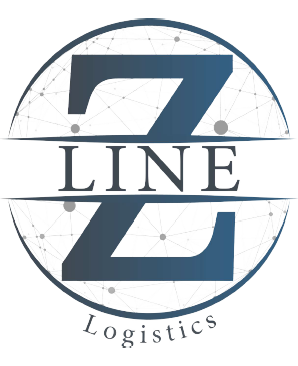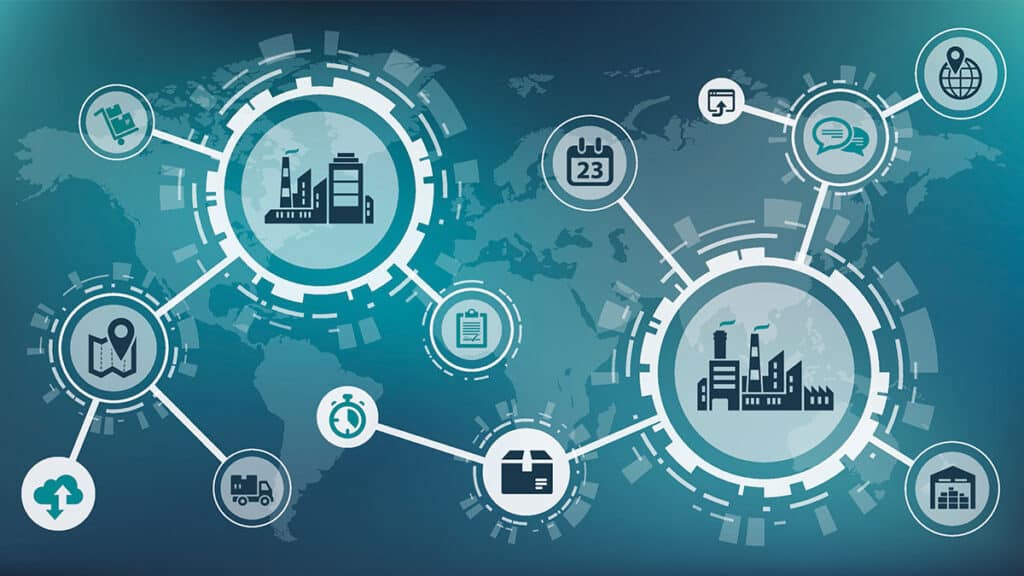In today’s dynamic business landscape, efficient supply chain management is no longer just a desirable trait, it’s a necessity for survival.
The intricate network of suppliers, manufacturers, distributors, and retailers requires careful orchestration to ensure smooth product flow, minimize costs, and ultimately, satisfy customer demands.
This blog post will delve into six distinct types of supply chain management models, each with its own unique characteristics and best suited for specific industries and product types.
Table of Contents
What is Supply Chain Management?
Supply Chain Management (SCM) is the coordinated planning, oversight, and execution of processes involved in sourcing, production, and distribution of goods and services from origin to final consumer.
It integrates supply-side activities such as procurement, logistics, and inventory management with demand forecasting and customer service to enhance efficiency, reduce costs, and deliver value.
Effective SCM optimizes the entire chain of operations, ensuring timely delivery, quality control, and sustainability across global networks.
For more info: What is KPI in Last-Mile Delivery? 5 Crucial Last Mile Delivery KPIs
Types of Supply Chain Management
Each type of Supply Chain Management Institute offers unique advantages depending on the nature of the business or cost-efficiency. Businesses often blend these models to optimize performance and remain competitive.
1- Continuous Flow
- Definition: Continuous flow supply chains are best suited for businesses with stable demand and minimal variations in their product offerings. This type operates on a consistent production schedule, with predictable inventory levels and streamlined processes.
- Characteristics: It emphasizes efficiency and reliability, relying on well-established processes, minimal lead times, and optimized resource usage.
- Examples: Industries like food processing or chemicals, where demand and supply are steady.
2- Fast Chain
- Definition: Fast chain supply chains focus on speed and agility, ideal for companies dealing with high-demand, short-lifecycle products like fashion or technology.
- Characteristics: The ability to quickly adapt to market trends, rapid design-to-market processes, and responsive inventory management are key features.
- Examples: Fashion brands launching seasonal collections or consumer electronics with frequent upgrades.
3- Efficient Chain
- Definition: Efficient chains are designed to maximize efficiency and minimize costs by leveraging economies of scale and optimizing resources.
- Characteristics: This type prioritizes cost leadership, bulk production, and a focus on operational excellence, often involving lean manufacturing principles.
- Examples: Automotive manufacturing or large-scale consumer goods production.
4- Agile Supply Network
- Definition: Agile supply chains are highly flexible and capable of rapidly adjusting to changes in demand or supply disruptions, suited for unpredictable markets.
- Characteristics: These chains prioritize flexibility, customization, and fast response times. They often use modular production and real-time data analytics.
- Examples: Custom machinery manufacturing or technology-driven businesses that need to adapt to fast-changing specifications.
5- Custom-Configured Supply Chain
- Definition: This type combines elements of both continuous flow and agile models to allow customization within a structured framework.
- Characteristics: Focused on creating semi-customized products through a base model with configurable options, it blends efficiency with personalization.
- Examples: Computer or automobile production where customers choose from predefined options (e.g., Dell’s build-to-order system).
6- Virtual Supply Chain
- Definition: Virtual supply chains rely heavily on digital technology and third-party partnerships rather than owning physical infrastructure for production and logistics.
- Characteristics: Emphasis on information management, cloud-based systems, and outsourcing non-core activities to specialized firms to enhance scalability and flexibility.
- Examples: E-commerce platforms like Amazon or Alibaba, which utilize vast networks of third-party logistics providers.

Continue reading The Positive and Negative Impacts of the Amazon Effect on Freight in Dubai
The Importance of Supply Chain Management
According to the Council of Supply Chain Management Professionals (CSCMP), the Importance of SCM lies in its critical role in enhancing business efficiency, profitability, and customer satisfaction. Here’s why it matters:
- Cost Reduction: Effective SCM optimizes sourcing, production, and logistics, reducing waste, minimizing overheads, and improving cost efficiency throughout the supply chain.
- Improved Customer Service: It ensures timely product delivery, better inventory management, and responsiveness to customer demands, leading to higher satisfaction.
- Enhanced Quality Control: SCM systems help maintain quality standards at each stage of production and delivery, reducing defects and returns.
- Increased Profitability: By streamlining processes and reducing operational costs, SCM contributes directly to a company’s bottom line and market competitiveness.
- Supply Chain Resilience: Proactive risk management within SCM helps companies mitigate disruptions and adapt to market fluctuations, improving overall reliability.
- Better Collaboration: Integrated SCM fosters communication and partnerships with suppliers, manufacturers, and distributors, enhancing efficiency across the network.
- Sustainability and Compliance: Modern SCM emphasizes ethical sourcing, reduced environmental impact, and adherence to regulatory standards, aligning with corporate social responsibility goals.
Keep reading on What is the Meaning of Stocktaking? The 4 Differences Between Stocktaking and Stock Checking
Comparing the Types of Supply Chain Management
Here is a side-by-side comparison of the different types of supply chain management, highlighting their strengths and best applications.
| Aspect | Continuous Flow | Fast Chain | Efficient Chain | Agile Supply Network | Custom-Configured Supply Chain | Virtual Supply Chain |
|---|---|---|---|---|---|---|
| Core Focus | Predictable demand and stable production | Speed and rapid lifecycle products | Cost efficiency and economies of scale | Flexibility and adaptability to market changes | Blending efficiency with customization | Digital integration |
| Flexibility | Low | Moderate | Low | High | Moderate | High |
| Speed of Delivery | Moderate | High | Moderate | High | Moderate | Moderate |
| Cost Efficiency | High | Low | Very High | Moderate | Moderate | High |
| Technology Usage | Basic to moderate | moderate | moderate | Advanced | moderate | High |
Discover more on Global Sourcing Advantages and Disadvantages
How to Identify the Best Supply Chain Type for Your Business
Selecting the right supply chain type is critical for optimizing performance, reducing costs, and meeting customer expectations. Here’s a step-by-step approach to help you identify the best fit for your business:
1- Understand Your Market Dynamics
- Evaluate demand variability, product lifecycle, and market volatility. If you operate in a stable market with consistent demand, a Continuous
- Flow supply chain may be ideal. In contrast, a Fast Chain suits industries with rapidly changing trends like fashion or electronics.
2- Assess Product Characteristics
- Products with long shelf lives and standardized features benefit from an Efficient Chain.
- Customizable products or those requiring specialized production may need a Custom-Configured supply chain or an Agile Supply Network.
3- Prioritize Business Objectives
- Define whether speed, cost efficiency, flexibility, or customization is your primary goal.
- For speed, choose a Fast Chain strategy.
- For cost leadership, adopt an Efficient Chain.
- For flexibility, an Agile Supply Network is key.
4- Leverage Technology and Data
- Companies relying on digital commerce and outsourcing should explore a Virtual Supply Chain, integrating real-time data for seamless operations and enhanced scalability.
5- Evaluate Resource Availability
- Continuous Flow requires robust production systems, while Virtual Supply Chains depend on strong technology frameworks and third-party collaborations.
6- Consider Industry Practices
- Look at common SCM strategies in your industry and benchmark against competitors to determine what works best while staying adaptable to innovation.

For more insights, explore Is Air Freight Cheaper than Sea Freight? Complete Comparison in 2025
Summing up the types of supply chain management
Choosing the right supply chain management model is a critical strategic decision that can significantly impact a company’s profitability and competitiveness.
By carefully evaluating their industry, product characteristics, customer demands, and competitive landscape, businesses can select the model that best aligns with their operational goals and ensures a sustainable and successful future.
Ready to optimize your supply chain for efficiency, speed, and flexibility? Contact Z Line Logistics today and let our experts help you choose and implement the perfect supply chain strategy for your business success!




